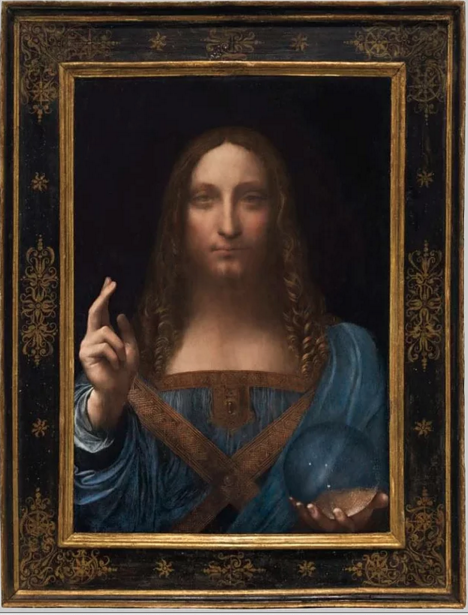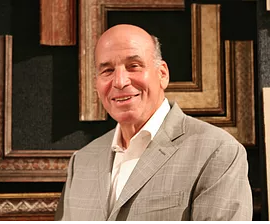Art world insiders and outsiders alike raved last month about the $450 million price tag for “Salvatore Mundi” (“Savior of the World”). The Leonardo da Vinci painting, which broke art auction records, was sold to a Saudi prince, according to The New York Times. Some 27,000 viewers took in the piece during its worldwide marketing tour, but Larry Shar, president at Lowy, the framing specialists located in The Fine Arts Building, had perhaps the closest look.

Here, in his own words, Shar tells the story about how he went about framing the world’s most expensive artwork:
I first saw “Salvatore Mundi” shortly after it was purchased in 2006 in a crate in a warehouse. I was asked to look at it in terms of suggesting the “perfect” frame. Even in its poorly restored state at that time, one could sense the spiritual energy that the painting evoked. It was actually quite mesmerizing and moving; the thinness of the palette and the subtlety of the drawing was unquestionably executed by a master.

I measured the painting and was asked to provide digital mock-ups of a selection of frames that I thought might work. I was looking for period-appropriate 16th- or early-17th-century Italian frames that would speak to the emotional impact of the painting, the subtlety of the palette, which requires a complementary patina, and the proper weight and composition of both profile and the patina of the frame.
I came up with several choices, which you should have already seen (if not, look at our latest e-blast and blog). All these were eventually rejected because on second “hunt,” I located in our racks what turned out to be the perfect match: a 16th-century Tuscan Cassetta frame (cassetta means “little box” in Italian) in antique black with gilded highlights and gilded corners and centers and stars in the demi-centers. The black patina speaks to the mystery of the overall impact of the painting and the gilding speaks to the light of the golden locks and flesh tones of the hand, while the stars suggest a celestial setting for Christ as the Savior of the World.
Over the years, my greatest pleasure was the hunt for frames from all periods and nationalities to be able to offer for some of the greatest art in the world. I would go three or four times a year abroad to seek out frames from Italy, Spain, France, Germany, Holland, Switzerland and England—those countries who respected the craftsmanship and aesthetic, cultural and monetary value of the frame, and the magic it can provide to enhance the artwork. I made more and more contacts in my various journeys and kept adding to my suppliers by knocking on doors and visiting the antiquities neighborhoods in various cities throughout Europe. Mostly, I’m a collector and a sucker for the beauty and craftsmanship of the frame as an object.
As we have the craftsmen and designers to create any frame for any purpose from framing pictures, both modern and old, and making mirror frames, frames for TVs, etc., etc., we have always been and remain a major resource for the finest designers and architects in the country.




























